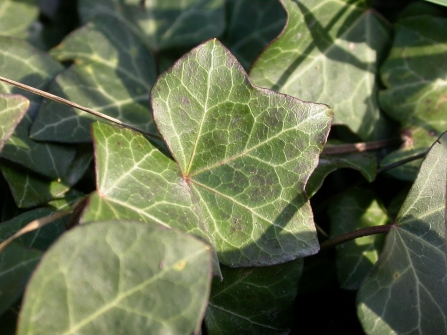English Ivy is infamous for its invasiveness in other countries and for how quickly it spreads regardless of location. Often people have a love-hate relationship with this plant. But here where it's native, English Ivy is an amazing plant. Read on to find out all I know...
The Family
Its scientific name is Hedera helix, in the family Araliaceae. Aralias include the ivies, as well as popular garden and house plants such as the false castor oil plant (Fatsia japonica), which it can hybridise with, and the umbrella trees (Heptapleurum, formerly and commonly known by hobbyists as Schefflera). It’s one of two native ivy species in Great Britain, the other being Irish Ivy (Hedera hibernica).
Description
English Ivy is a clinging evergreen climber that climbs using sticky aerial roots that attach it very firmly to surfaces. The familiar plant with maple-like leaves is the juvenile phase, in which it climbs rapidly, while the adult phase has heart-shaped leaves on woody, protruding branches, and even round yellow flowers and black berries which I talk more about below. It reaches the adult phase after approximately 10 years of growth.



